
Conversational Approach to Building Digital Products
Product Exploration
Exploration: AI-Native Software Engineering
Argus is a collection of interface explorations examining what it naturally looks like to have AI as a core part of a software engineering workflow. Rather than one coherent product, these screens explore different aspects of the problem and solution space.
Component Creation
How might AI assist in creating reusable components through conversation? These interfaces explore natural language component generation and the iterative process of refining AI-generated code through dialogue.
Visual Editing & Data Flow
Since components need editing capabilities, these explorations include visual editors for connecting to various resources, transforming data through WYSIWYG pipelines, and maintaining the relationship between data sources and components.
Design System Consistency
The brand kit exploration examines how to achieve consistent components out of the box by defining core styles in one place with global implications—ensuring that AI-generated components maintain visual coherence across an entire system.
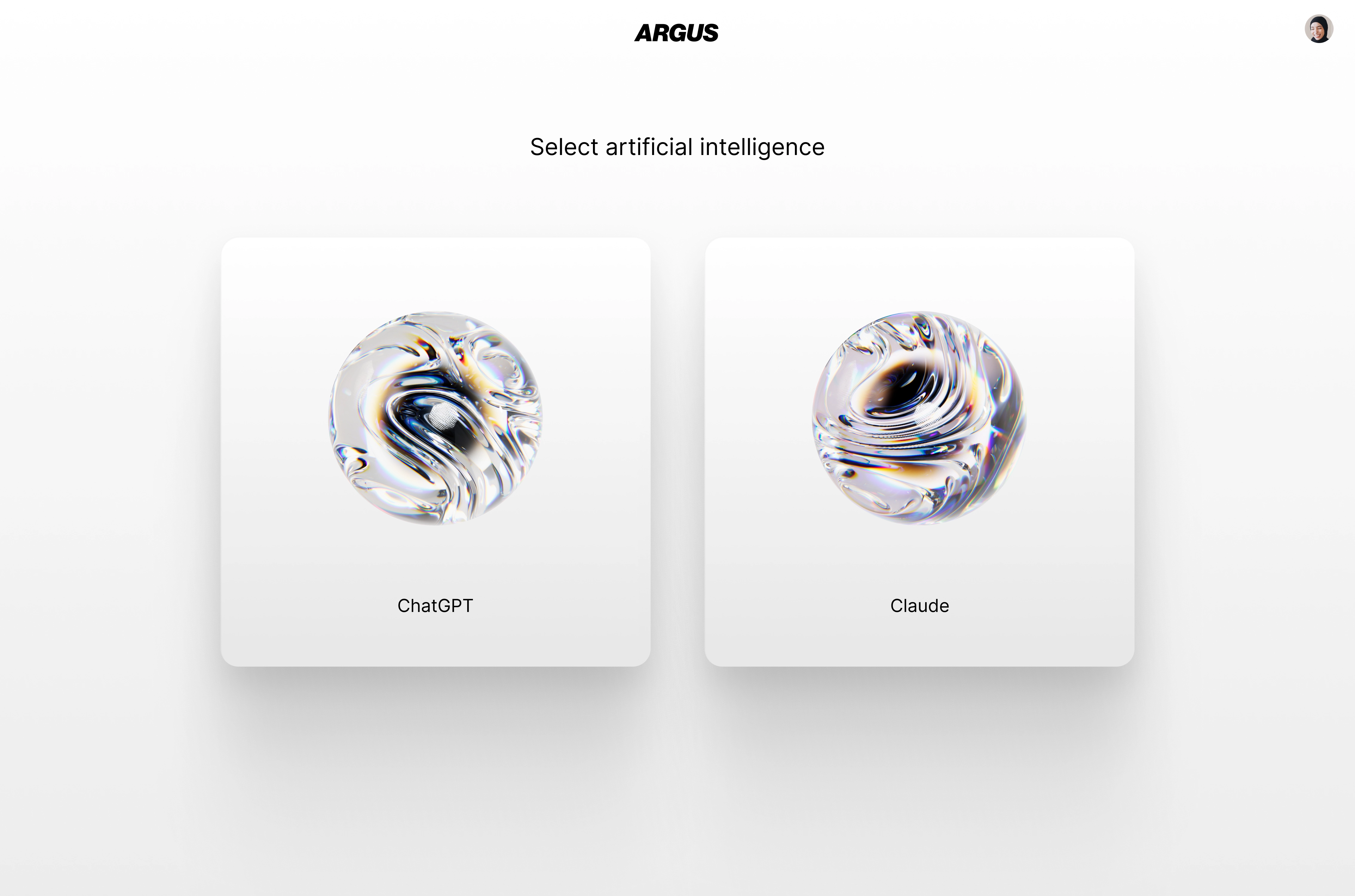
Reimagining LLM Selection
I reimagined LLM selection through a more visual approach, representing artificial intelligences as spherical forms with layers of knowledge and context. Instead of technical specifications, the interface uses large conceptual representations that communicate the essence of each model through organic, dimensional shapes.
This visualization approach helps users understand AI models as evolving layers of capability rather than abstract technical choices. The design emphasizes the conceptual differences between models through visual metaphors rather than specifications.
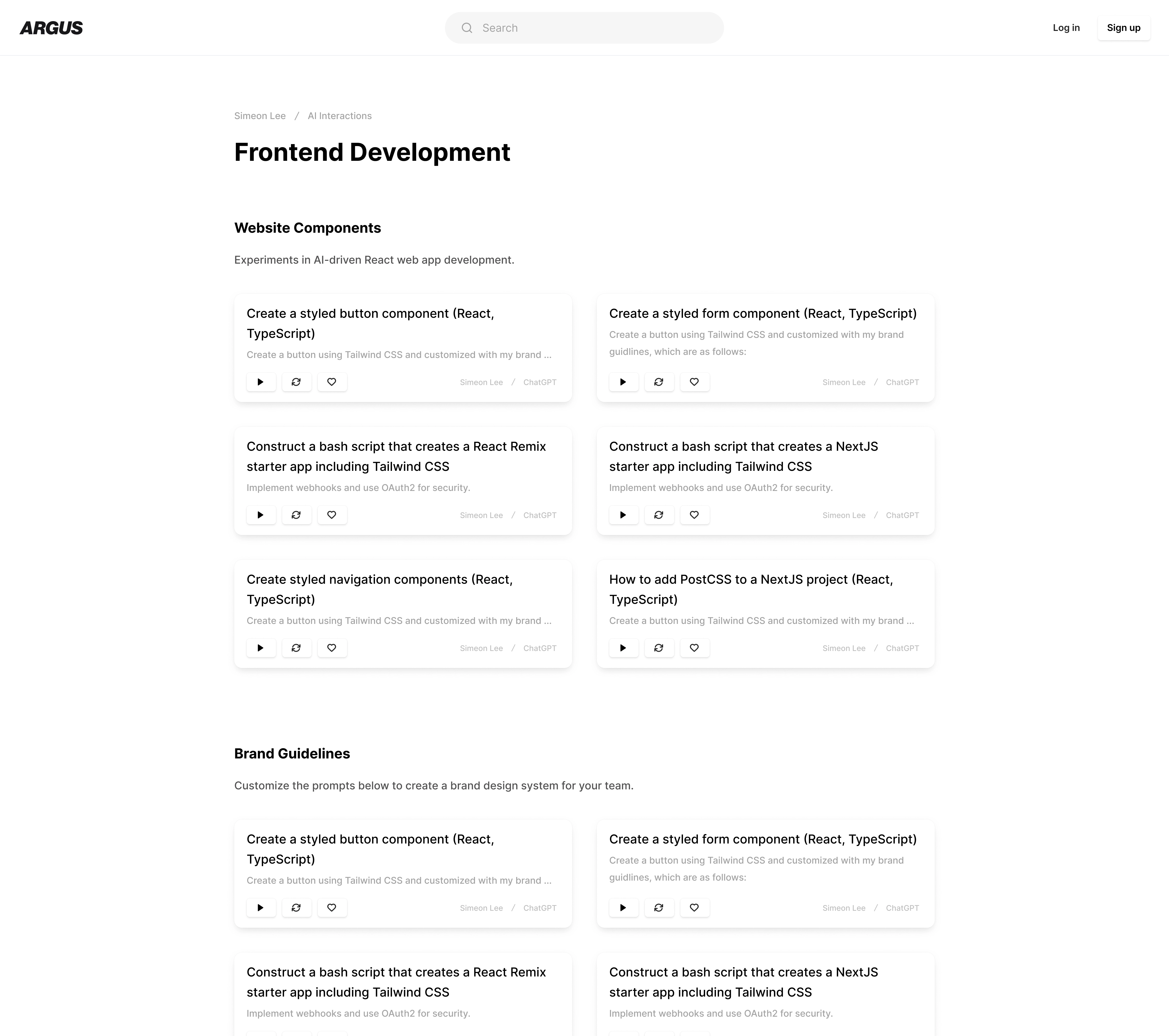
Building Component Libraries Through Conversation
I explored a framework where users could build component-by-component libraries through conversation with a chatbot. The goal was to create complete design systems that could be utilized in production-scale enterprise applications, all generated through natural dialogue.
This interface tested whether conversational AI could systematically construct reusable component libraries. The split-screen design allowed users to see their component library grow in real-time as they described their needs, ultimately building towards a cohesive design system ready for enterprise deployment.
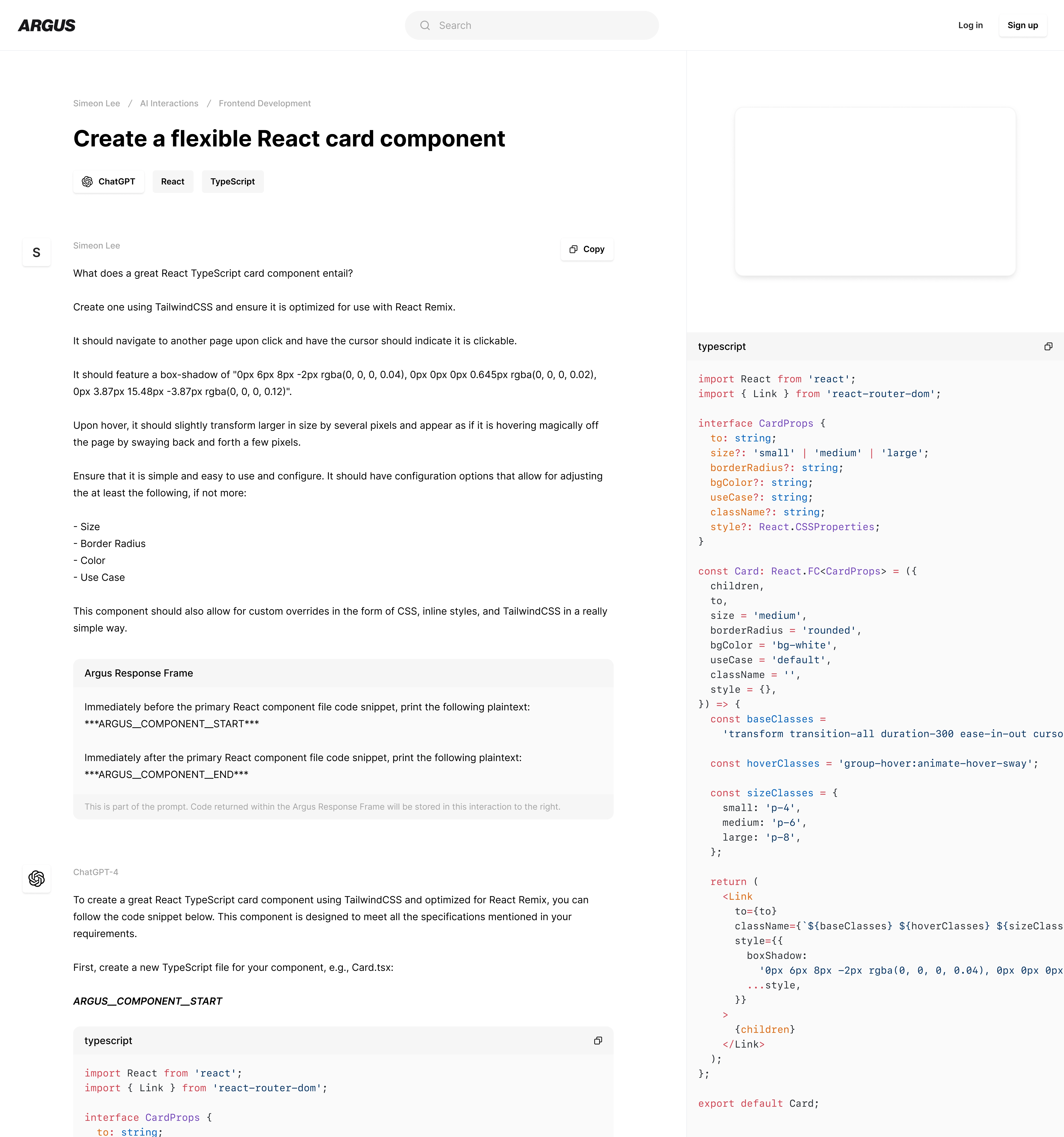
Intelligent Code Generation
Here, the AI copilot showcases its ability to understand complex requirements and generate sophisticated UI components. I designed this interface to feel like pair programming with an expert developer—the AI suggests, explains, and iterates based on feedback.
The design emphasizes transparency: users can see exactly what code is being generated, understand the reasoning behind architectural decisions, and modify outputs with simple commands. This approach transforms the traditionally opaque process of code generation into an educational, empowering experience.
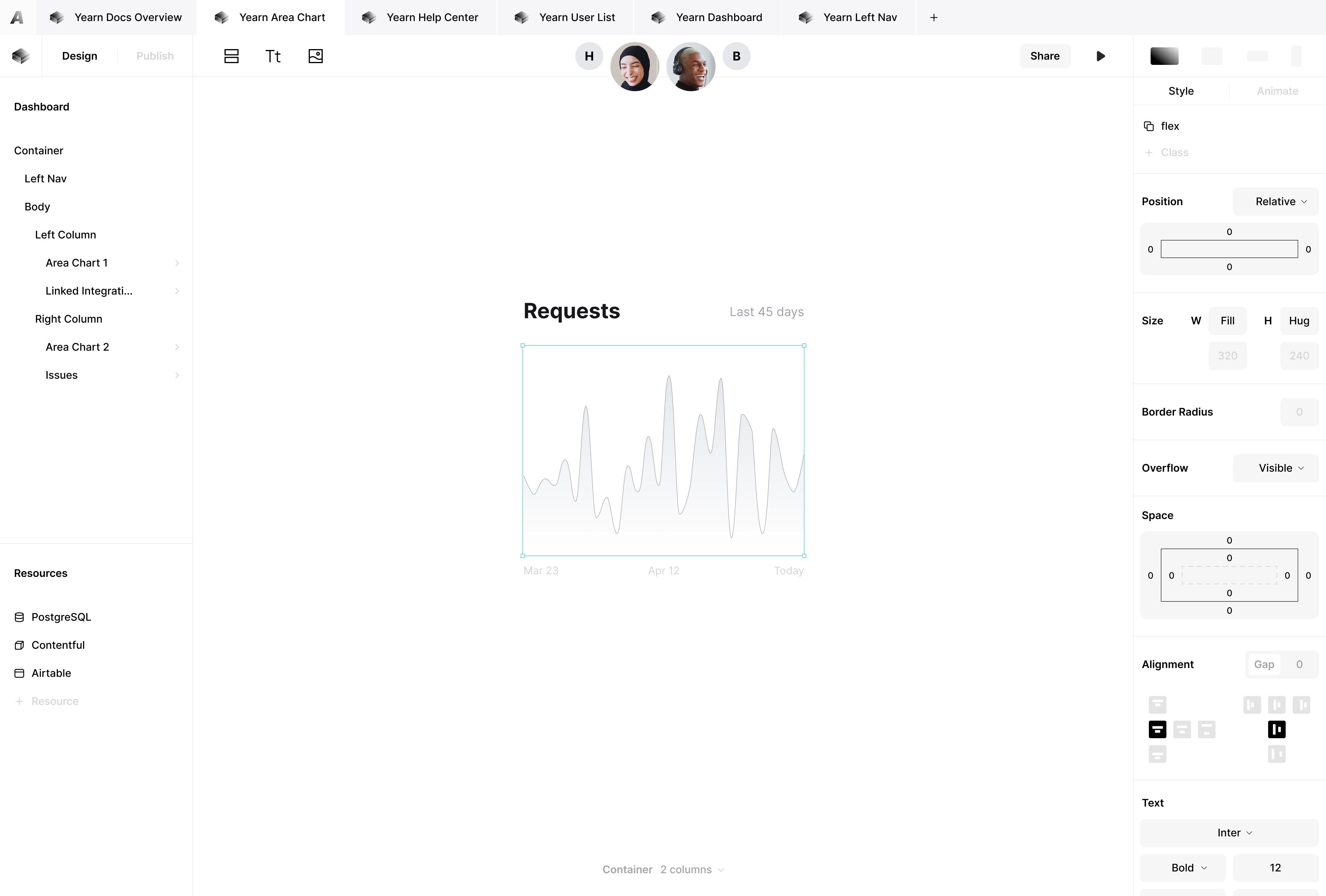
Visual Data Storytelling
The chart builder represents my vision for democratizing data visualization. I designed an interface where users can create sophisticated charts without understanding D3.js or data transformation—they simply describe what story they want their data to tell.
The system includes intelligent suggestions based on data shape and user intent, recommending effective visualization types, color schemes, and interaction patterns. This helps users create effective data visualizations with AI guidance.
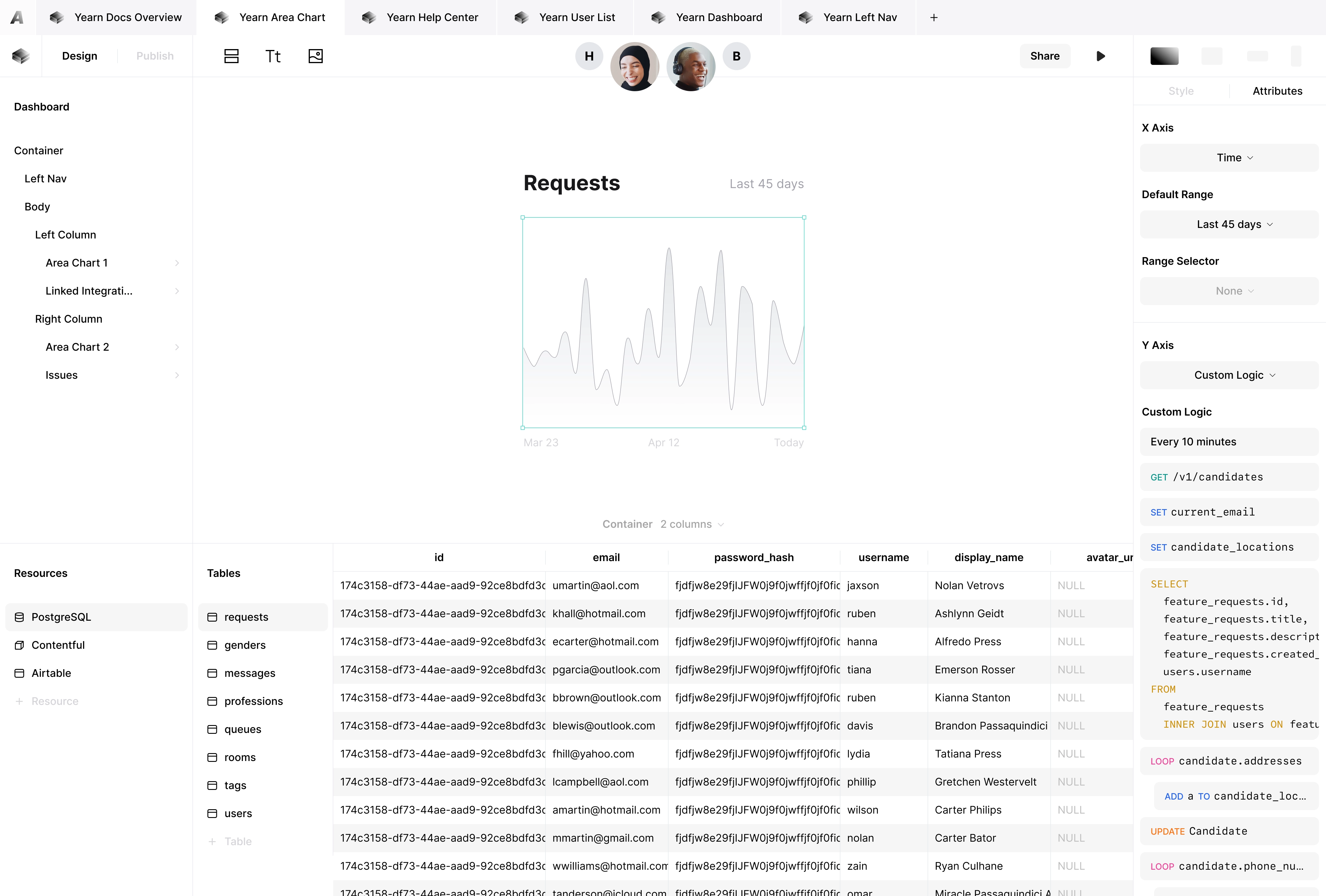
Visual Data Pipeline Configuration
I imagined users configuring data pipelines through a visual WYSIWYG interface, mapping data from various resources into common components designed and maintained through the Argus visual builder. The goal was to create a seamless flow from disparate data sources into unified, reusable components.
This interface explored how users could visually map complex data transformations without code, connecting APIs, databases, and services into standardized components that could be maintained and evolved through the same visual system. The pipeline becomes both the configuration tool and the documentation of how data flows through the system.
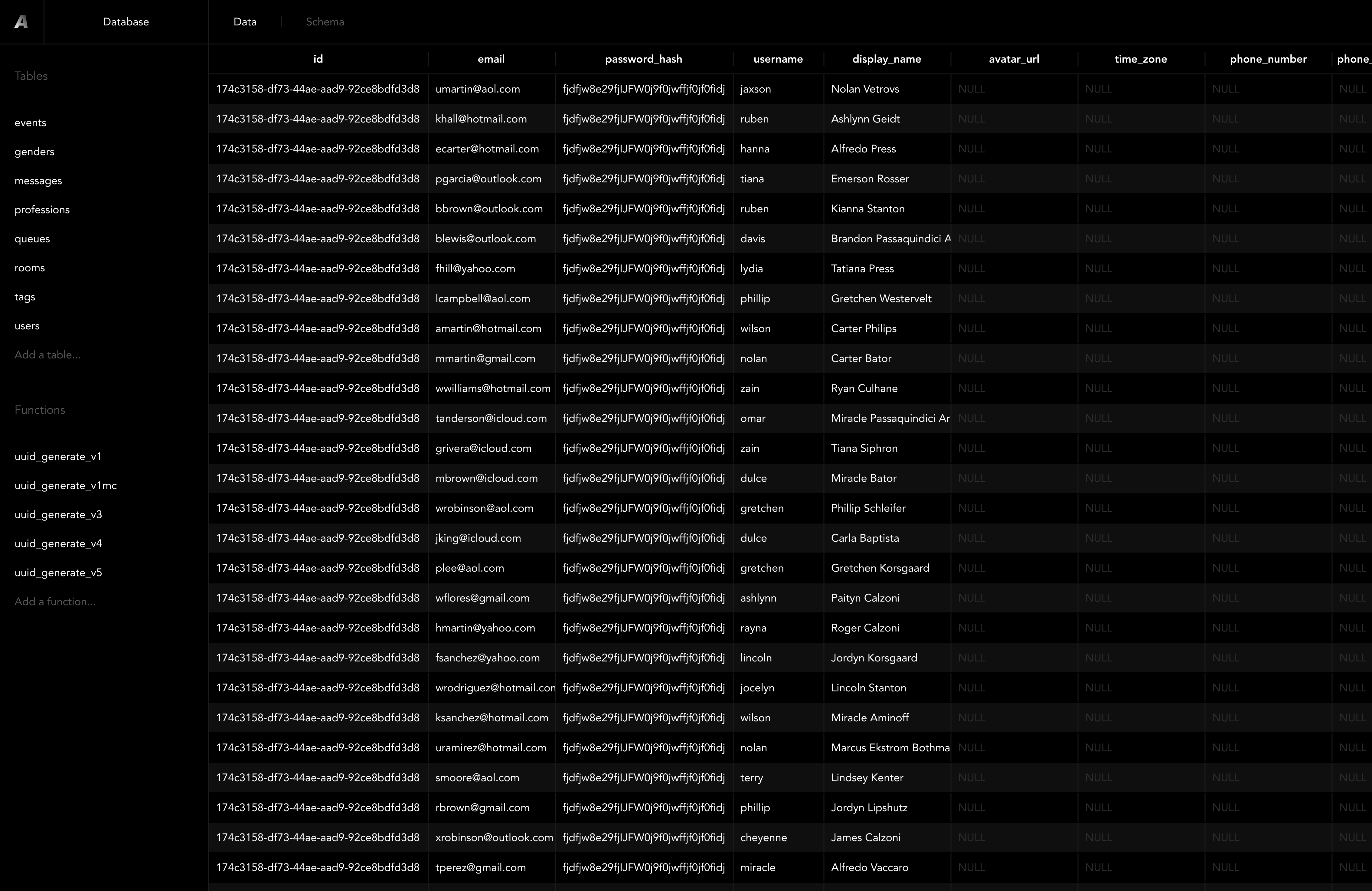
Full Table and Resource Management
We wanted to create an interface that allowed for full table management of resources and also accommodate other resources—in this case databases and similar data sources. The goal was to connect production data sources with frontend AI-generated components.
This interface enables teams to plug AI-generated components directly into real data sources and formats. By managing both the component generation and the data connections in one system, we could ensure that generated interfaces work seamlessly with actual production data.
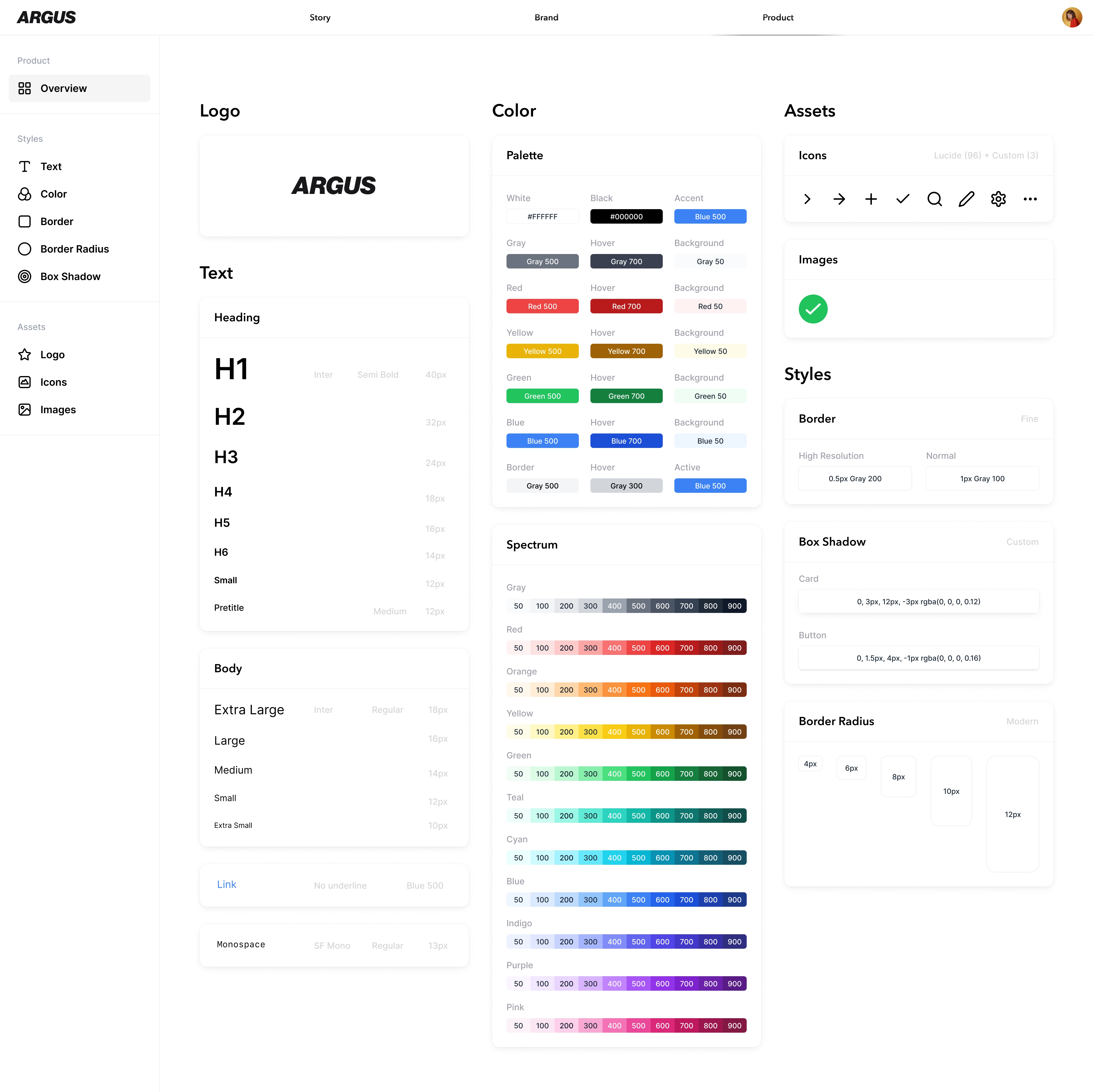
Global Style Definition
This exploration examines how to achieve consistent components out of the box by defining core styles in one place with global implications. The brand kit interface explores centralized design token management where changes to foundational elements propagate throughout the entire system.
The goal was understanding how a single source of truth for colors, typography, and spacing could ensure that AI-generated components maintain visual coherence. When core styles are updated, the system would automatically reflect those changes across all generated components and interfaces.
Product Exploration Insights
Technical Innovation
- •Natural language to production code in seconds
- •AI-powered database design and optimization
- •Visual programming without complexity
- •Intelligent design system automation
Product Vision
- •Democratizing software development
- •90% reduction in development time
- •Zero coding knowledge required
- •Enterprise-grade output quality
What does it look like when AI becomes a native part of the software engineering process—not just a tool, but a collaborative partner in building digital products?
— Argus Exploration
This case study showcases product exploration and prototype development for AI-powered no-code platforms.
